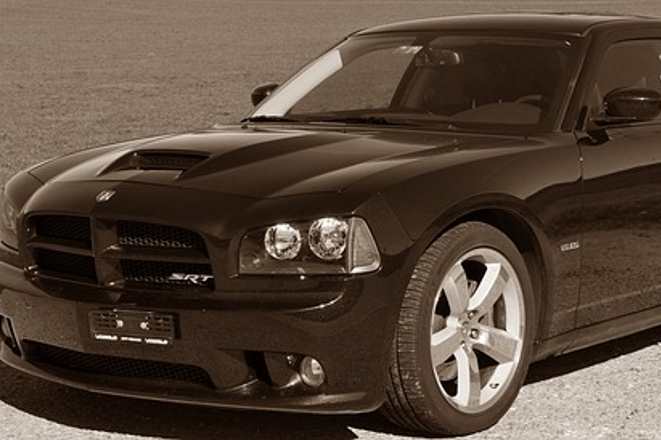"Rediscovering the Art of Engine Swapping: A Throwback to Automotive Ingenuity"
The art of engine swapping is not a new concept in the world of automobiles. It dates back to the early days of motoring when enthusiasts sought to enhance performance by replacing the original engine with a more potent one. This practice, born out of necessity and desire, encapsulates the true spirit of automotive innovation and ingenuity.

The Essence of Engine Swapping
Engine swapping is the process of replacing a car’s original engine with another. This might be done for various reasons, such as upgrading performance, replacing a damaged engine, or even converting to a more environmentally friendly power source. This practice has given birth to some of the most iconic and beloved custom cars in history, testifying to the creativity and technical prowess of the automotive community.
The Impact on the Automotive Industry
Engine swapping had a significant impact on the automotive industry. It gave birth to a whole new genre of custom cars, known as “hot rods,” which are synonymous with raw power and high performance. It also led to the rise of a vast aftermarket industry, offering everything from engine mounts and wiring harnesses to fully built, ready-to-install engines.
Challenges and Benefits
Engine swapping is not without its challenges. It requires significant mechanical knowledge and skill, not to mention understanding the complexities of modern vehicle electronics. Moreover, legal and insurance issues can also arise, particularly with significant modifications.
However, the benefits can be substantial. Engine swapping allows for significant performance improvements, the opportunity to save a beloved car from the scrapyard, or even the chance to create a unique vehicle that stands out from the crowd.
The Future of Engine Swapping
Despite advancements in automotive technology, the art of engine swapping remains relevant. It continues to inspire a new generation of enthusiasts who see it as a way to express their creativity and passion for cars. It’s also being embraced by the industry, with manufacturers like Chevrolet offering “crate engines” – brand-new, high-performance engines intended for swapping into existing vehicles.
Engine swapping embodies the spirit of automotive innovation and ingenuity, reminding us that cars are more than just machines. They are a form of self-expression, a testament to human creativity and mechanical prowess, and a symbol of our enduring passion for speed and performance.




